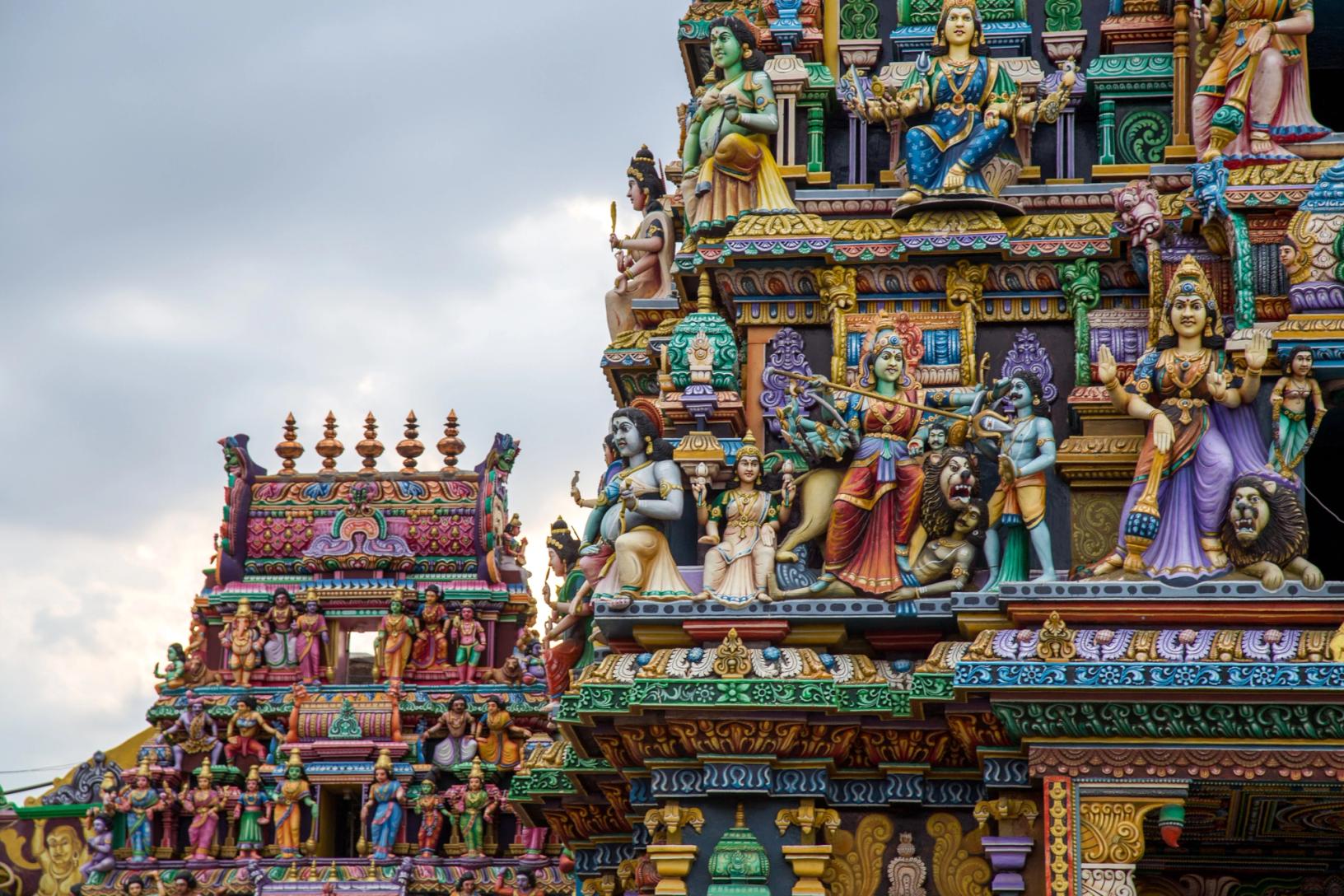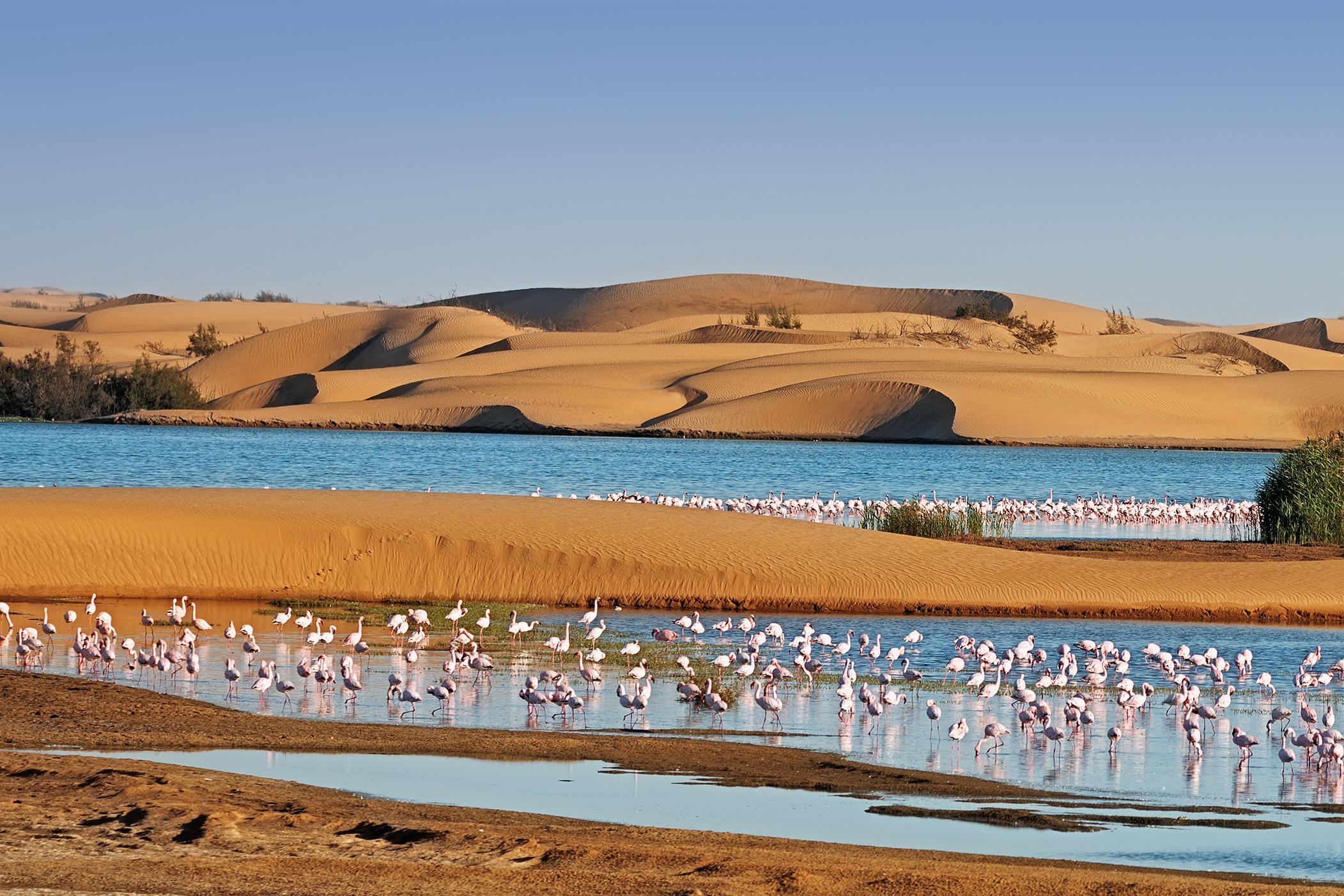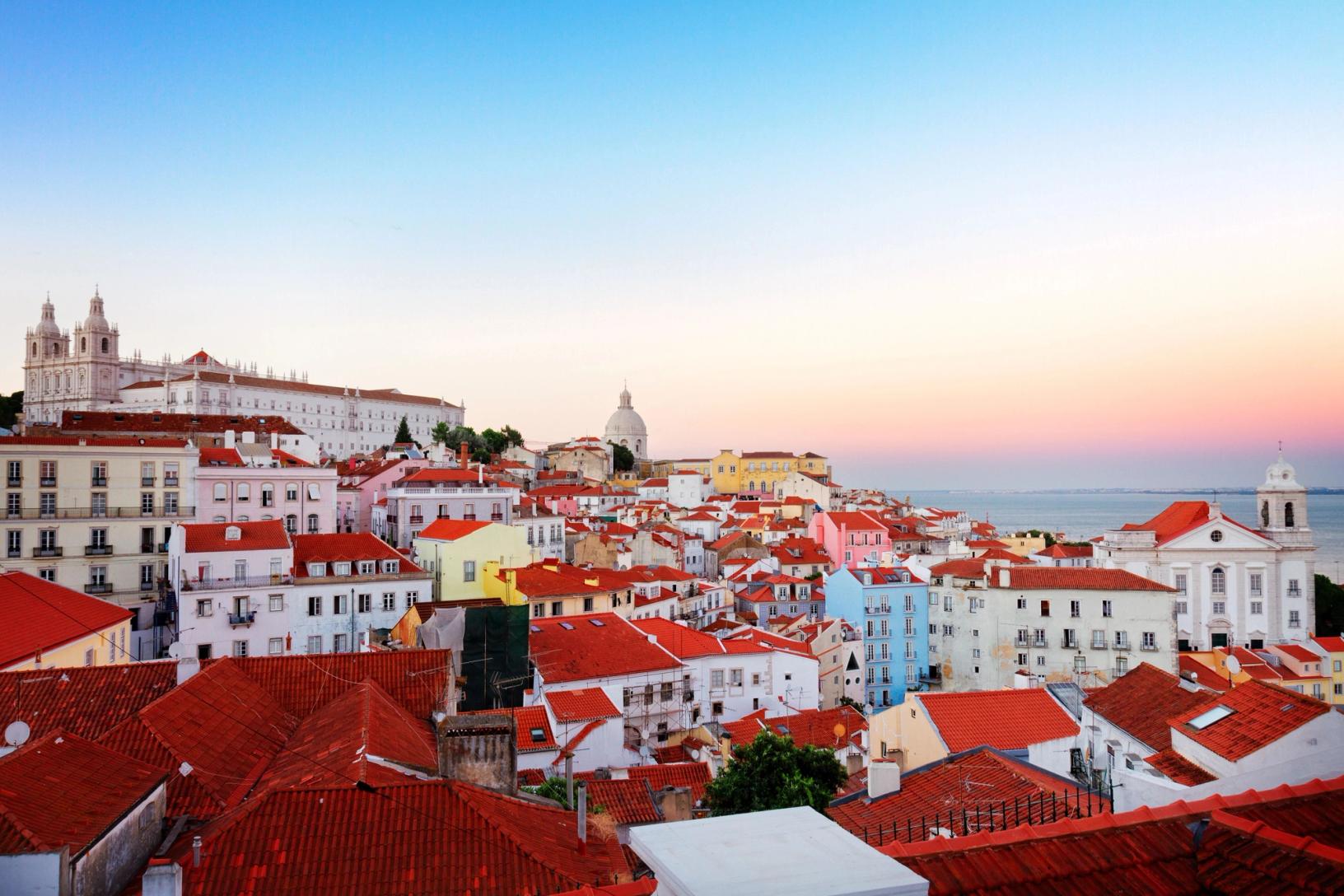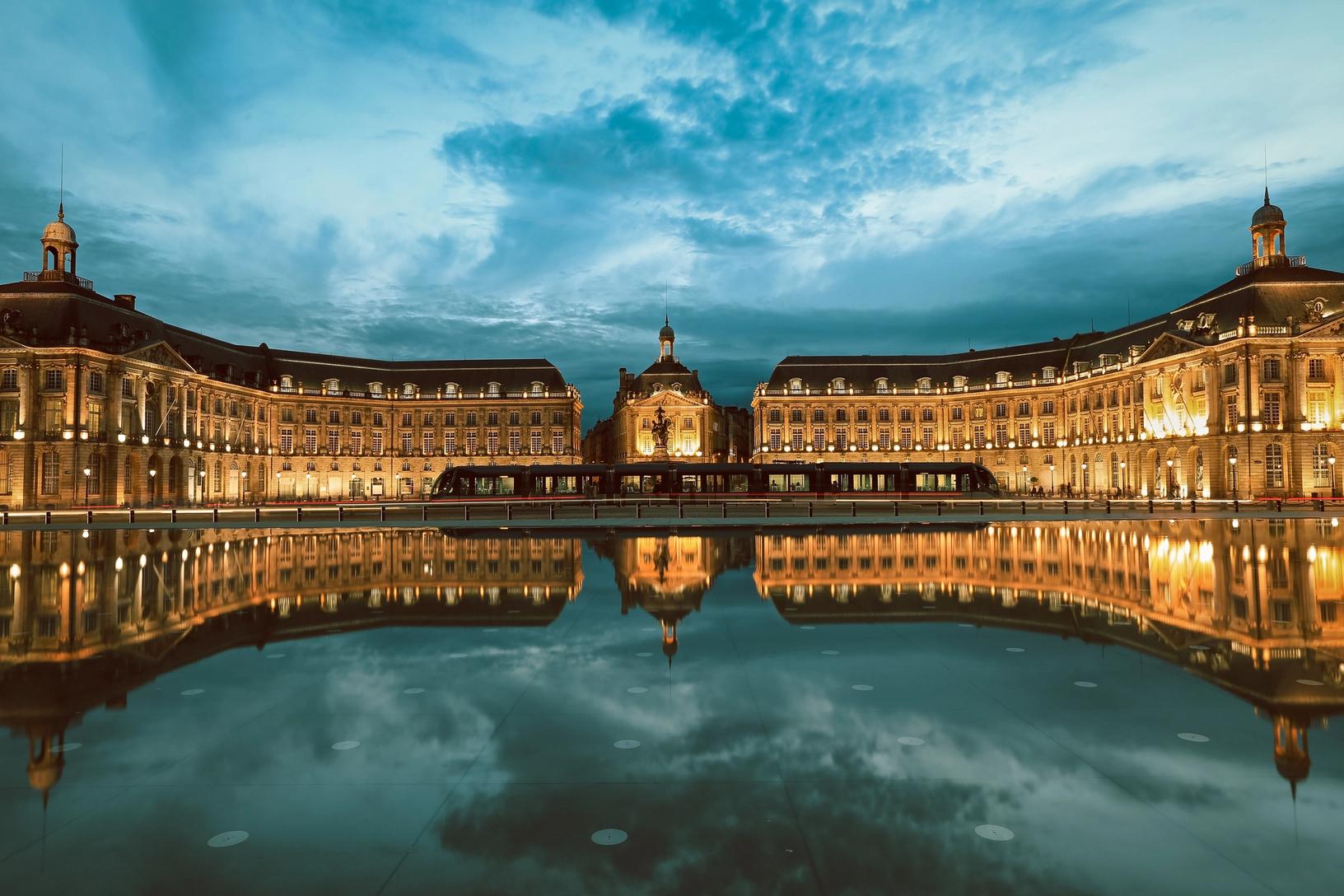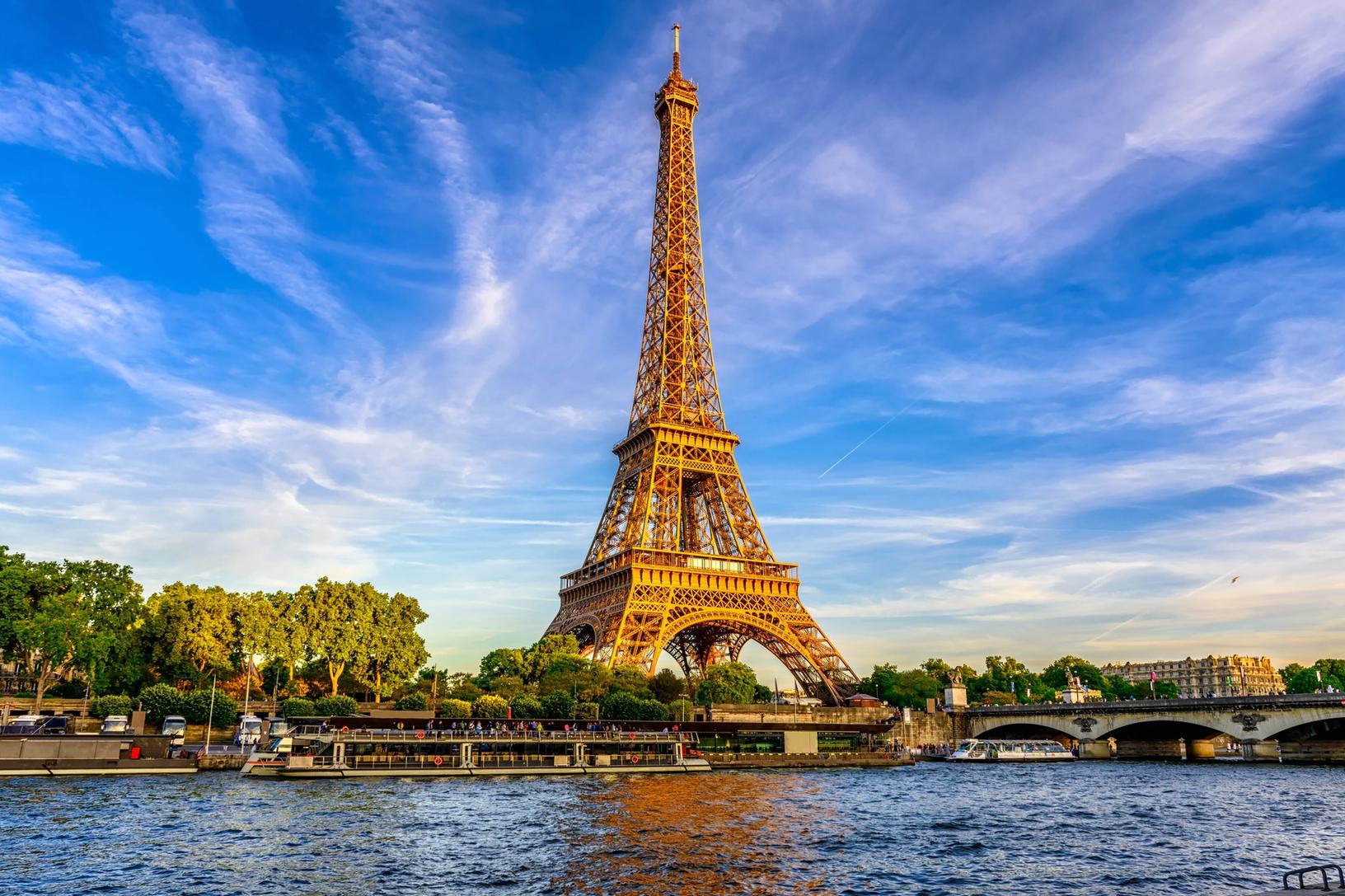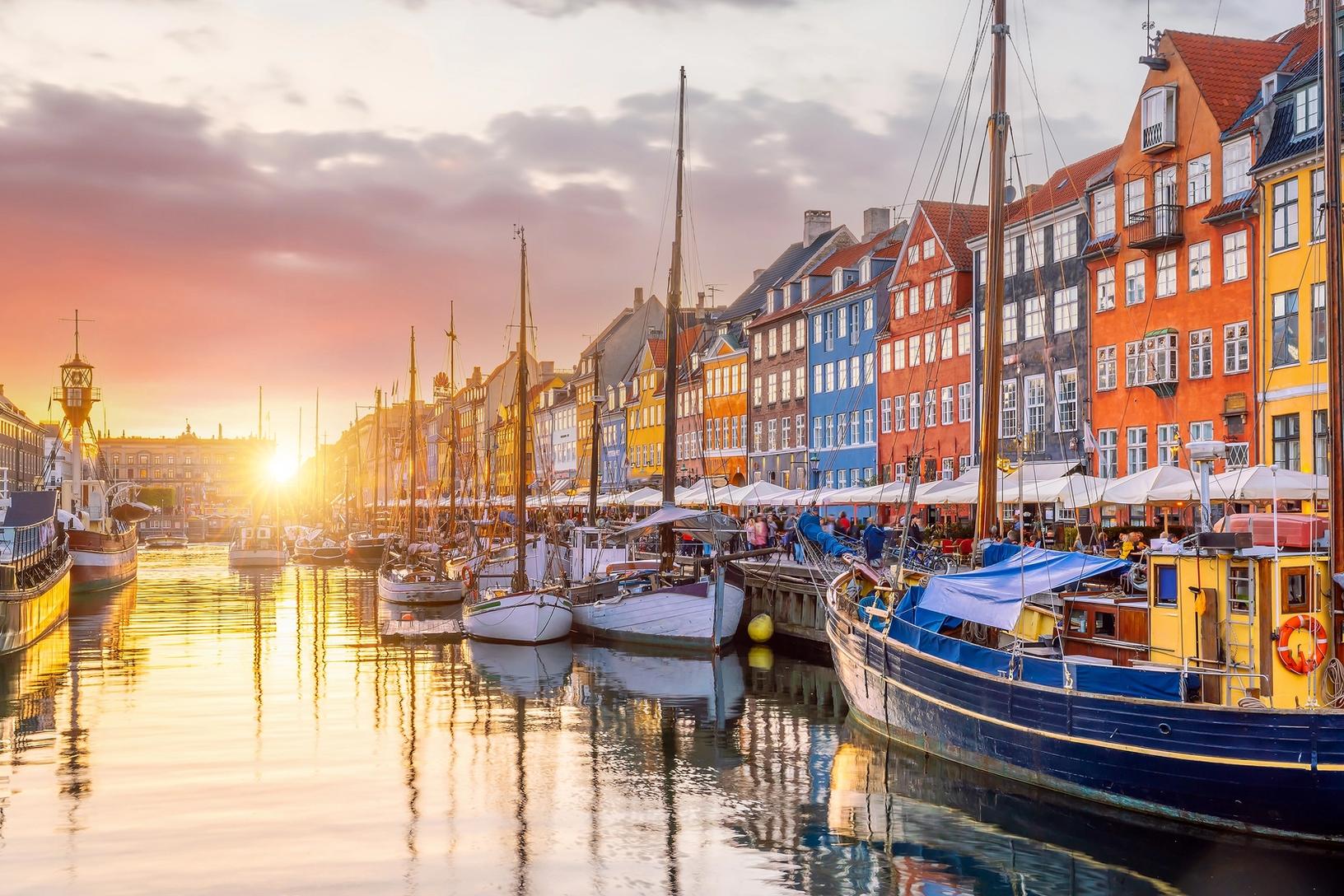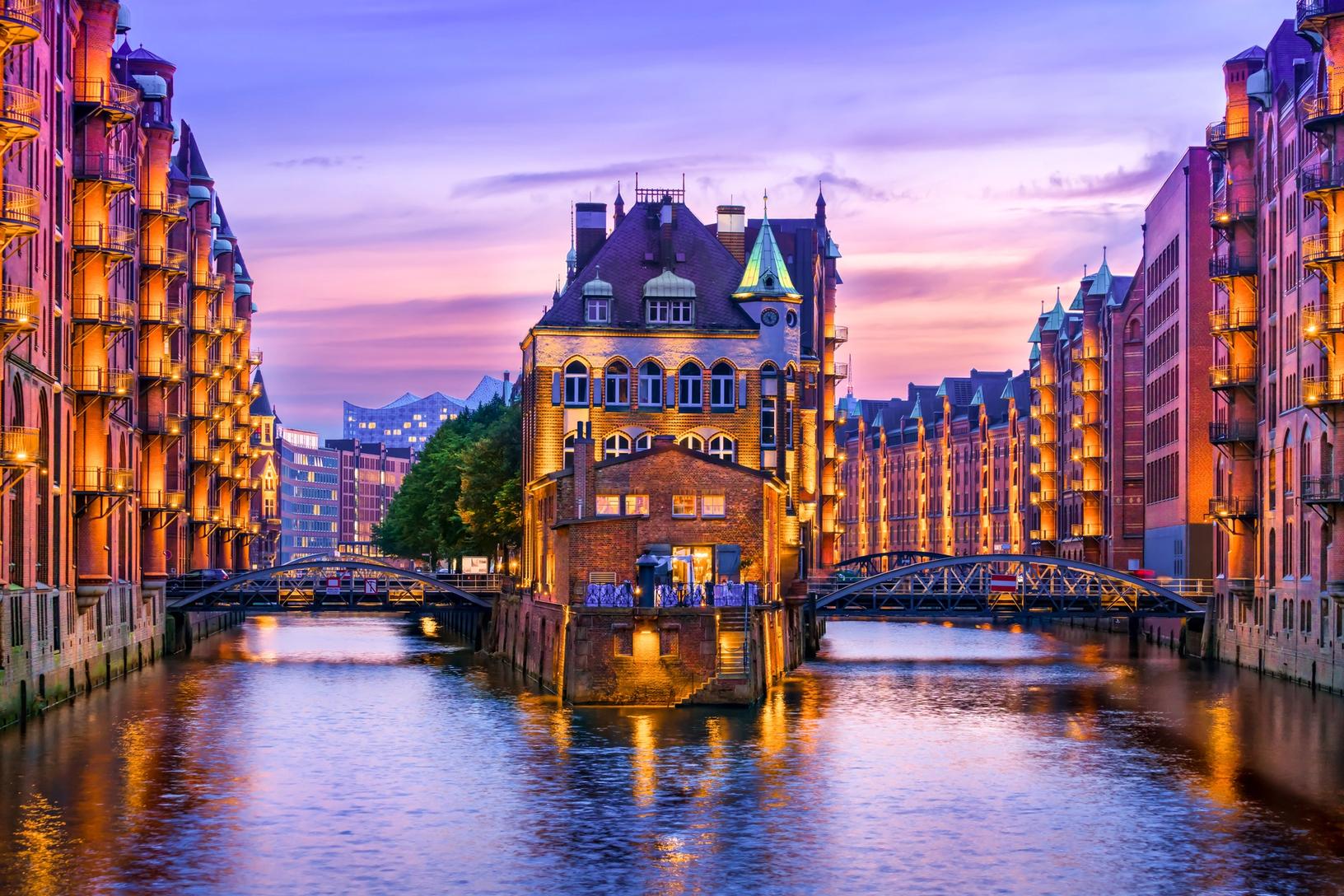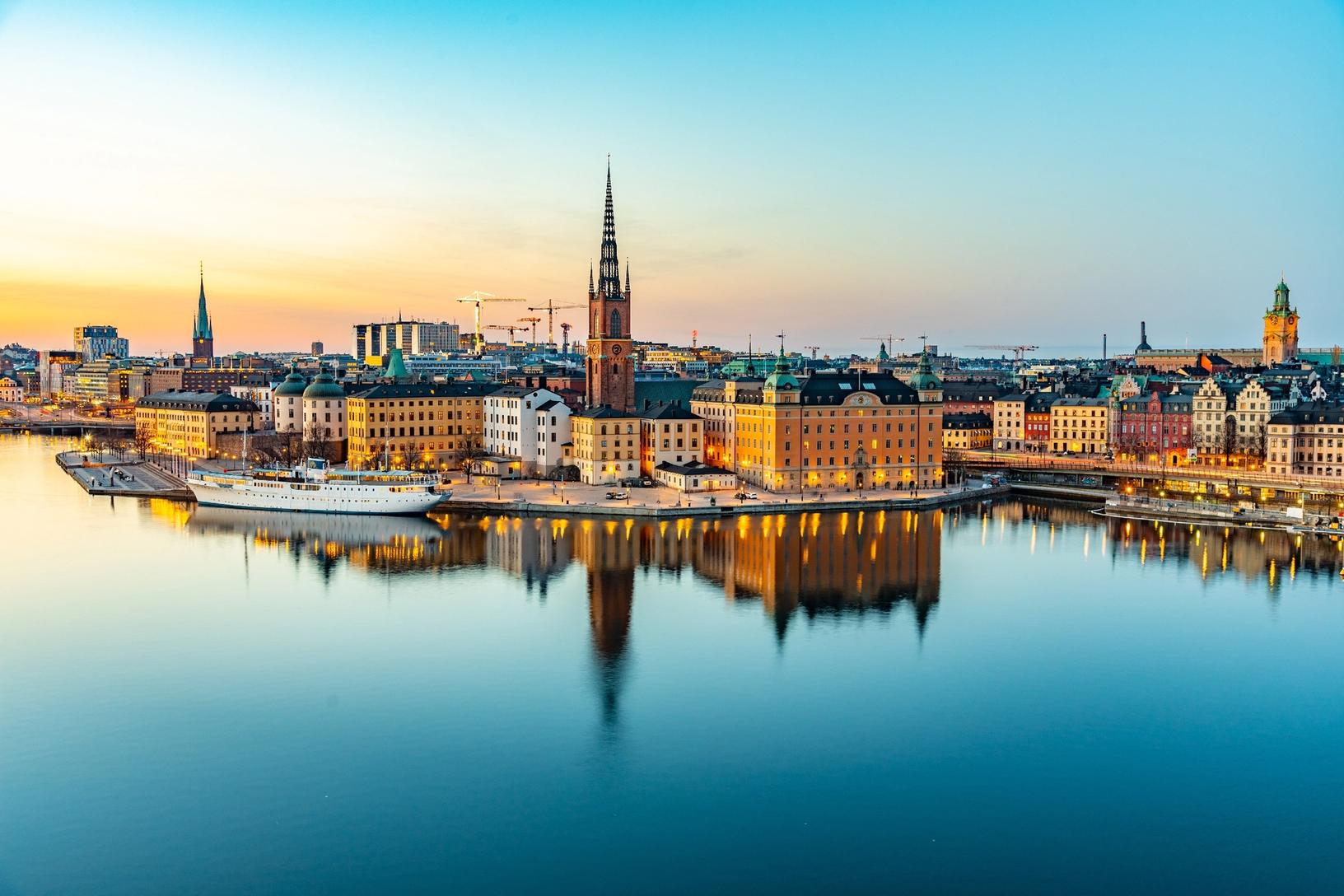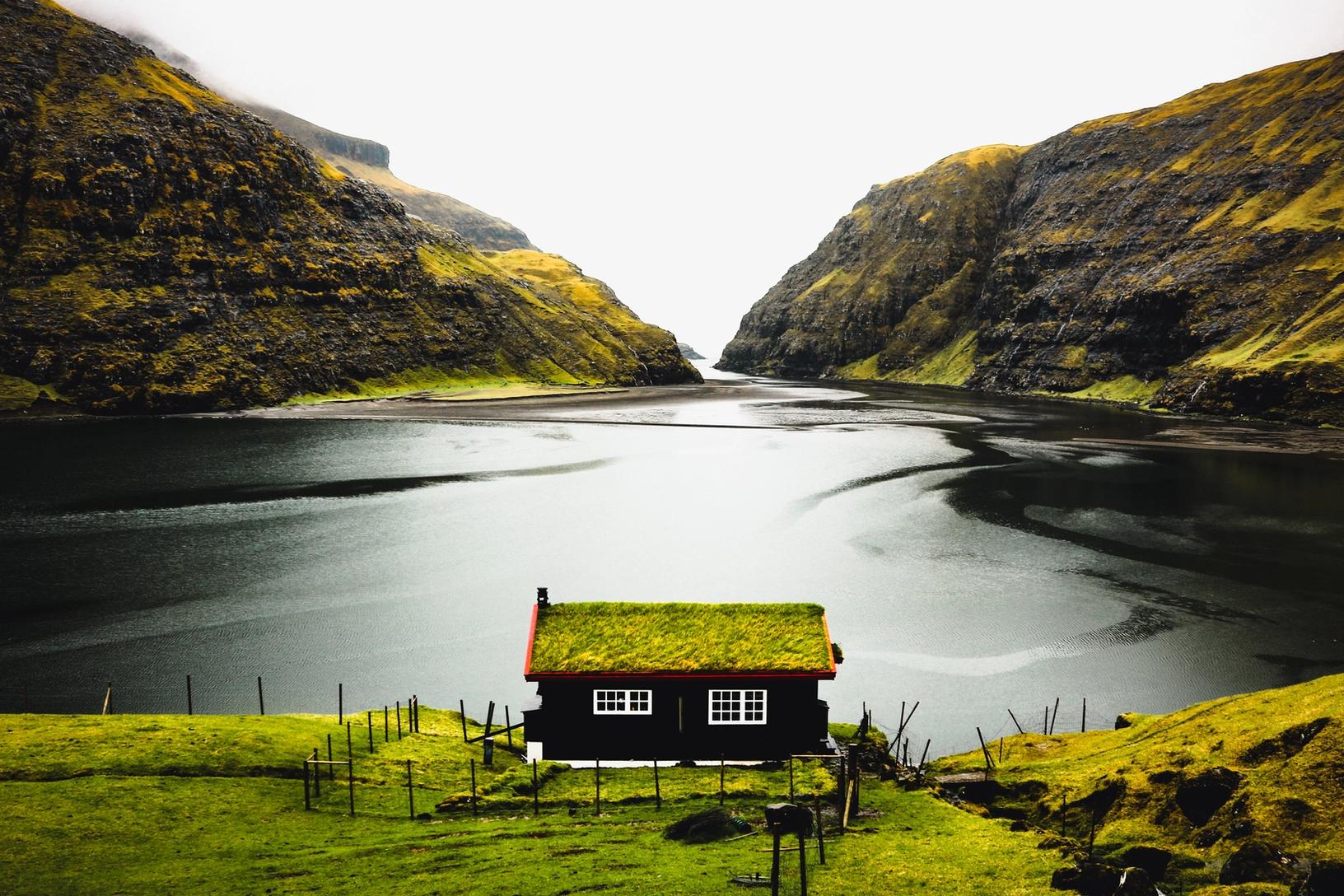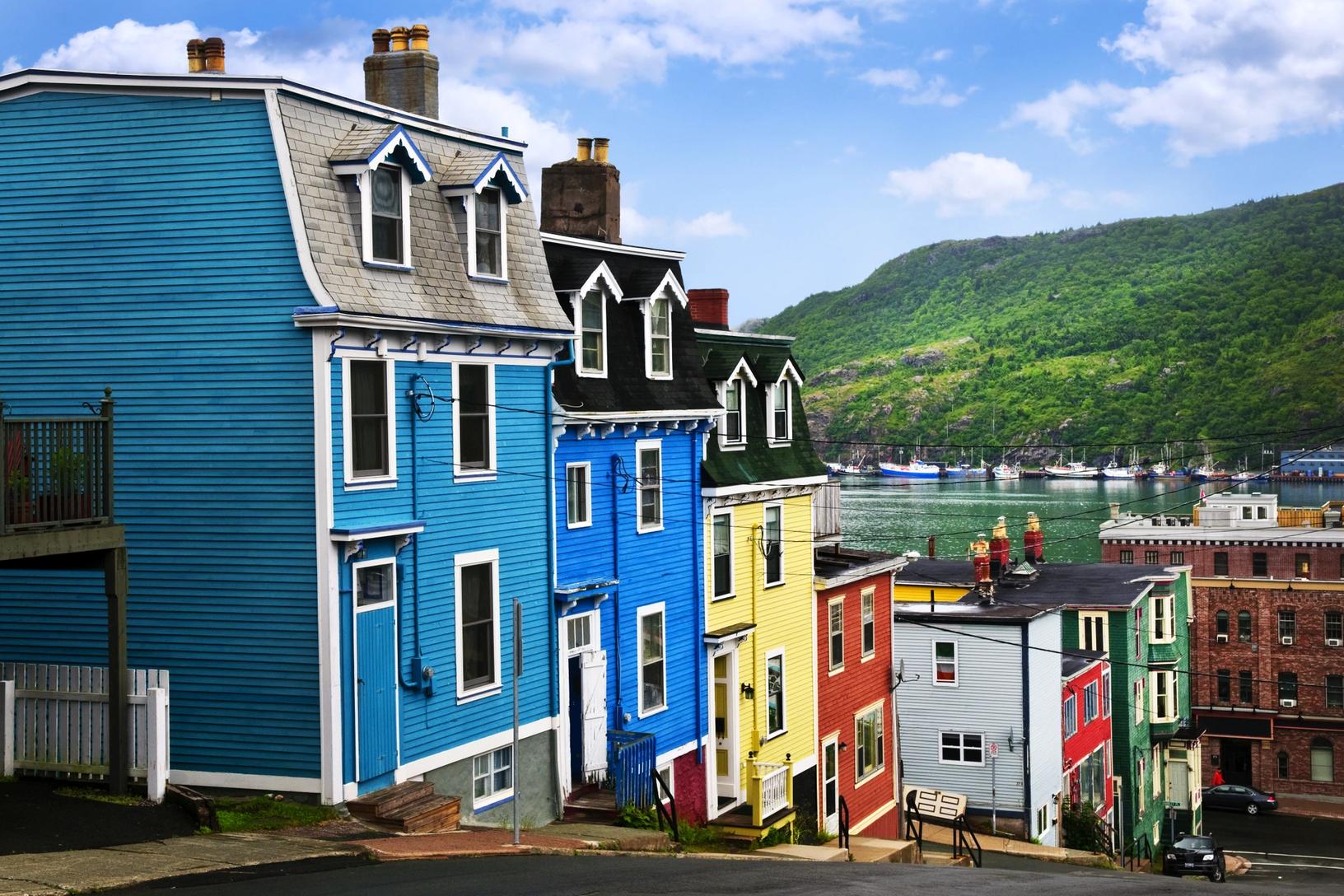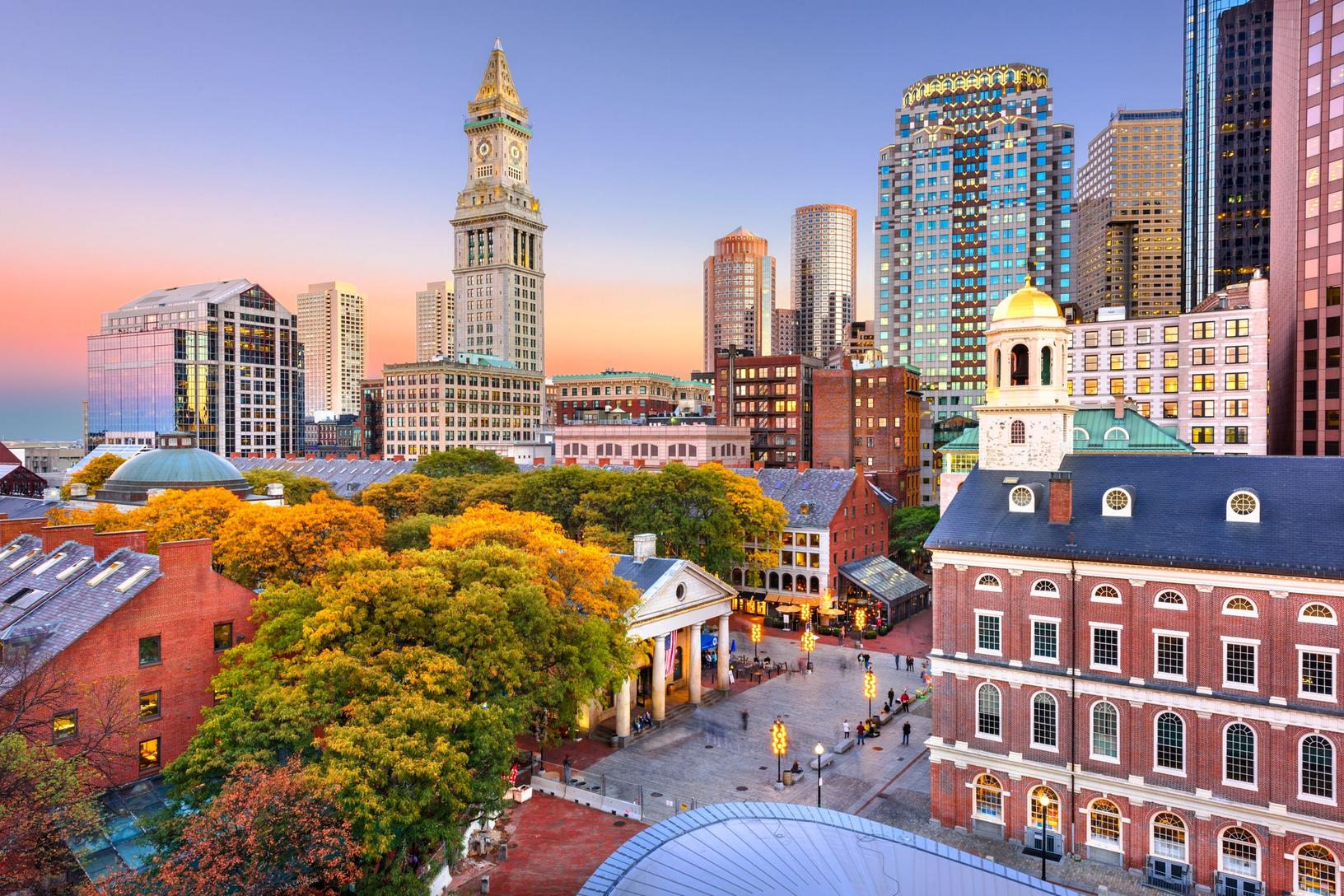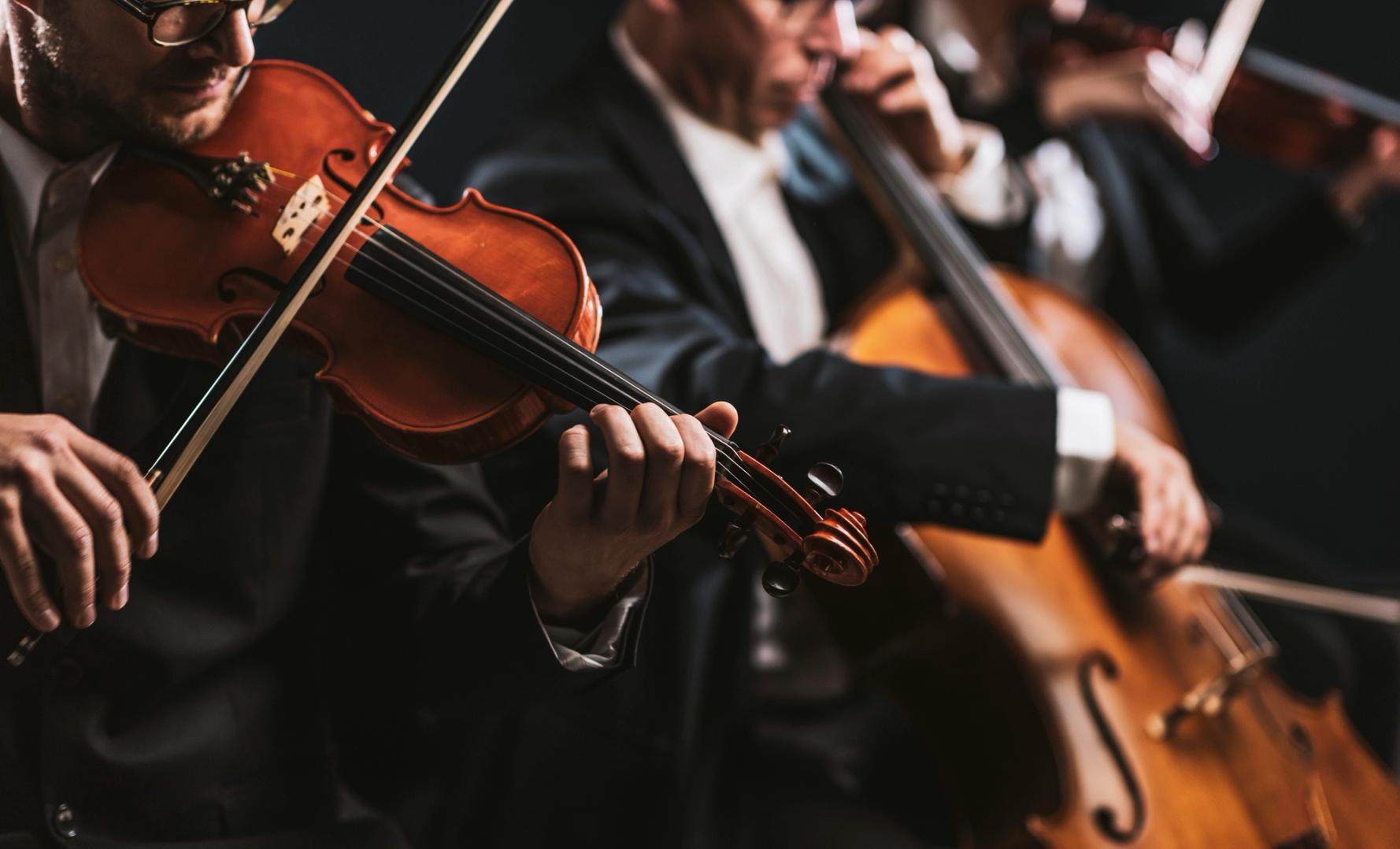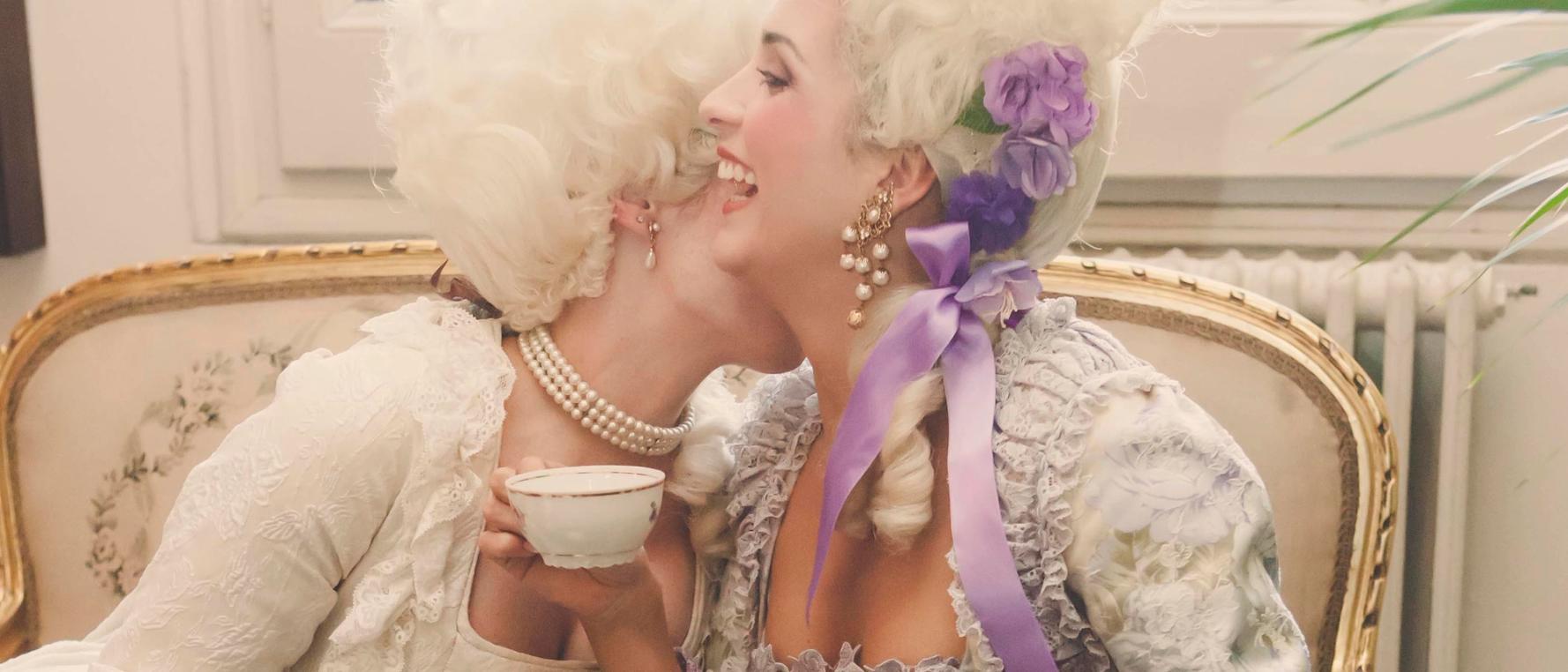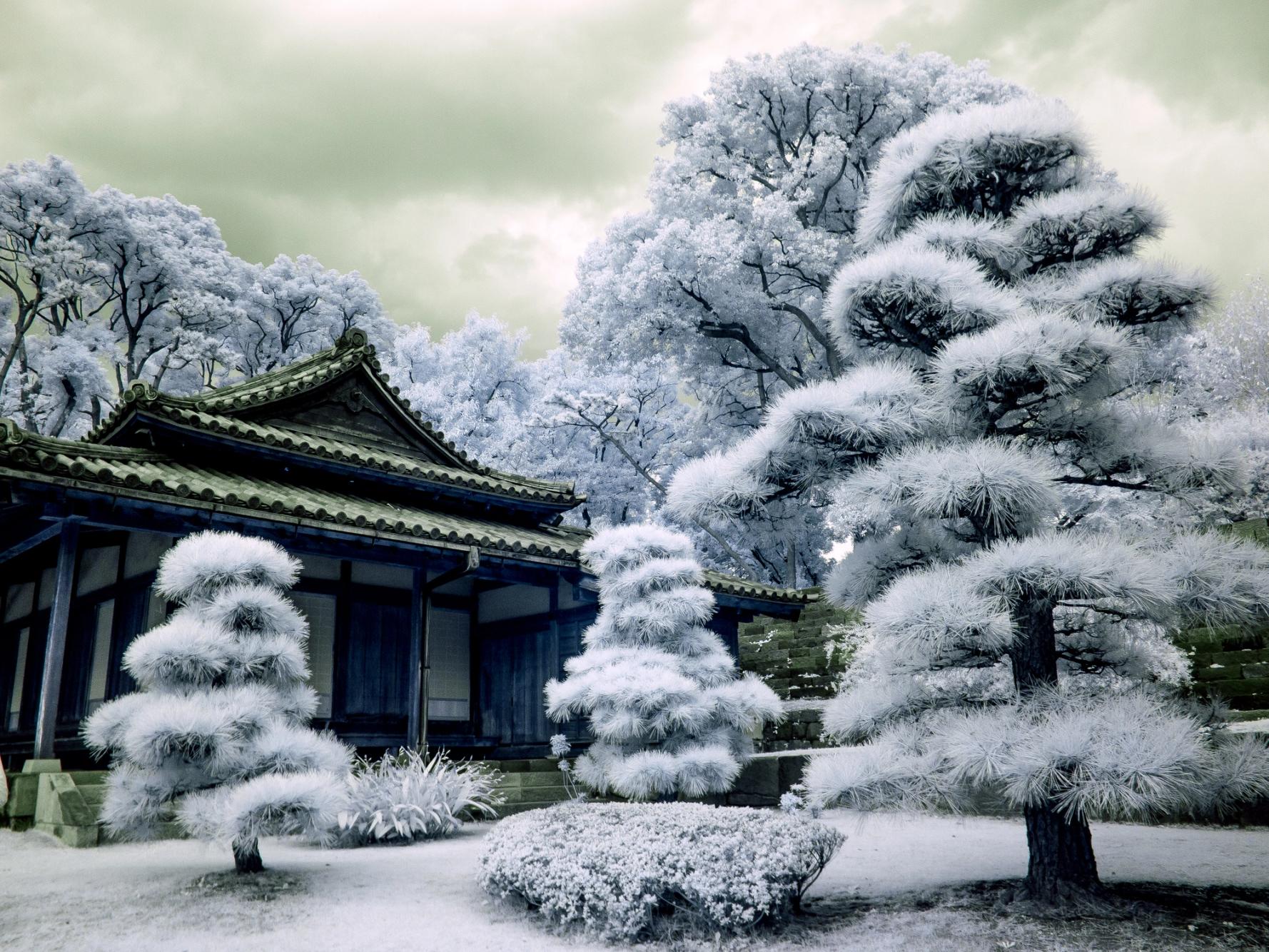
Photo of the Day – Miniature Artist’s Workshop at the Royal Square
Image
Introducing Hossein Fallahi in his workshop at the Nagsh-e-Jahan Square! Hossein is one of today’s few contempory miniaturists. This style of Persian painting dates back to the 13th century, and was influenced by the Mongol invasion. The painting is characterized by vivid colors with accents of gold.
To demonstrate miniature painting, Mr. Fallahi drew a member of our tour group, using a very fine brush made of Persian cat hair. That outline would be the beginning of a painting. Impressive! This level of detail can only be achieved by a very fine hand and an extremely small brush!
When we left the workshop, most of us had found a Fallahi miniature to bring home to family or friends. The Royal Square was his favorite theme. We came home with one, as did many others. Ours is a miniature of the Royal Square with Polo players and 2 mosques and a Palace – good memories!!!
We visited Vank Cathedral, one of the first Christian churches in Isfahan. 1915 was the year of the Armenian Genoide by the Ottoman Empire. Shah Abbas settled deported Armenians in Isfahan. One of the first Christian churches was here. The construction began in 1606 and completed in 1664.
There were 1.5 million victims of the Armenian Genocide. The murals on the bottom half of the interiors show the tortures inflicted on the Armenian martyrs by the Ottoman Empire. This is 100th anniversary of the Genocide. There is a memorial to the Genocide in the gardens outside the cathedral.
Hammam-e-Aliqoli Khan is a traditional bathhouse. It has been restored and made into a museum to display the customs and rituals.
Chehel Sotun or the 19 Column Palace is a beautiful pavillion built for evening entertainment. During the Safavid Period this was a common way to for the King to have contact with his people. He would eat with them and drink with them. The reflection of the pillars gave the Palace its name.
The interiors were covered by colorful, room size murals of Iran’s history.

